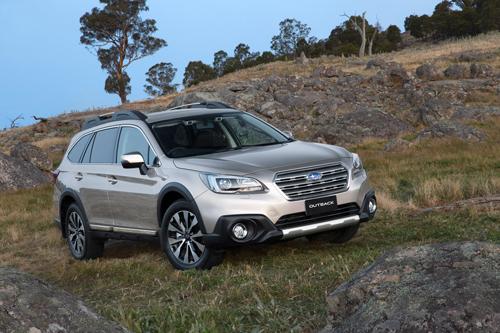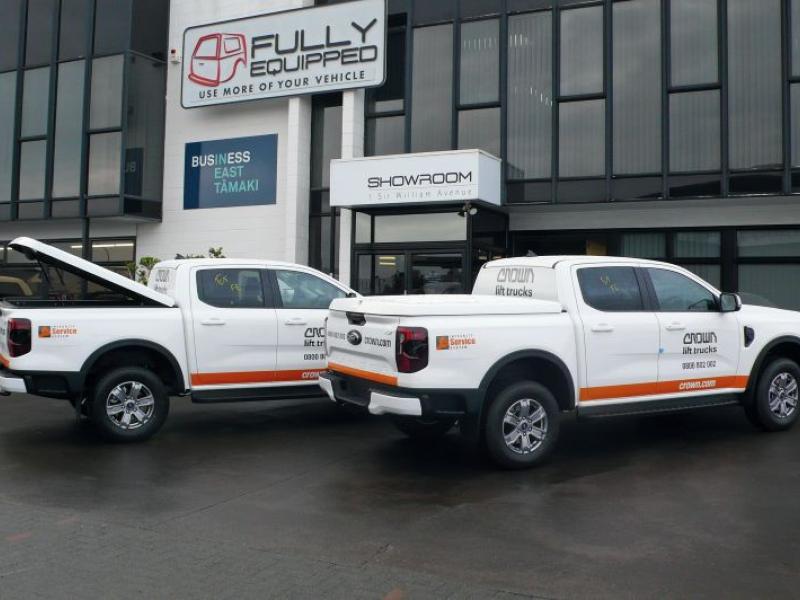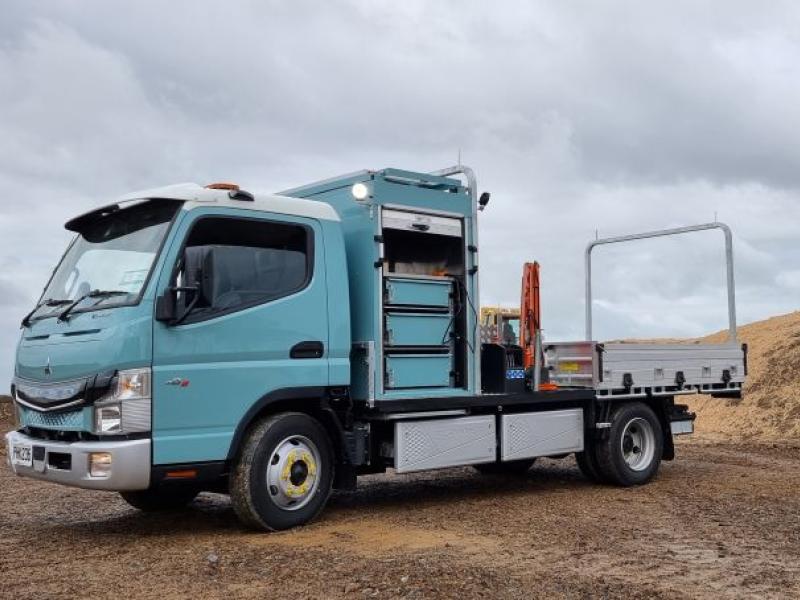Subaru NZ managing director Wallis Dumper doesn’t mince his words. “I’m not going to say a lot about the new Outback, the car will speak for itself”.
And then we left to traverse the Nevis Road, outside Queenstown, the highest mountain road pass in New Zealand. And the car did it without a word!
Not that we didn’t get a few warnings from PR consultant and rally driver/enthusiast John Coker. There are 31 creek crossings on the route, and many of them were deserving of a “stop-and-look-see” to find the right line across to avoid falling into a hole or hitting a big rock.
The Nevis Valley Road is in fact steeped in British history, at least as far as the names go. Ben Nevis, in Wales, is the highest mountain in Britain. Bannockburn was the site of a famous English-Scottish battle. And Cromwell was a religious zealot and military ruler who held England in an iron fist in the mid 17th Century.
The Nevis Valley road starts near Bannockburn, not far from Cromwell, and at first is a fairly well-maintained gravel road that passes through farmland, with lots of gates to open and close. It climbs up to a saddle, and then drops into the lower Nevis Valley, where the stark buildings and bare land remind of its gold mining past.
The Remarkables and the Hector Mountains flank the track to the west, and the Old Woman range to the east, rising like massive sentinels, while the Nevis River meanders along the valley, sometimes at high speed, and the track generally following its lead.
There are a couple of meagre farmsteads, then a sign to the old Nevis cemetery, followed by a gateway with a sign warning that the road ahead is for 4WD vehicles only and is closed completely in winter.
Then the road starts to get exciting, narrowing and with lots of drop-offs/water run-offs that need a careful eye.
It’s not hairy-scary stuff, but it’s not for rally driving, either!
At the highest point, Duffers Saddle, there’s a sign pointing out you’re 1,300m above sea level. And in our case a freezing wind that we felt as we changed cars, making the air feel even colder than the 4 deg. C on the Outback’s outside temperature gauge!
We didn’t see much traffic, apart from a local Surf on the Saddle, and in the valleys, a bunch of 4WD support vehicles for a local school bike ride.
After that the road drops and drops, in numerous twists and turns, eventually arriving at the town of Garston just south of Lake Wakatipu.
A great trip, but you have to keep a close weather eye out to ensure the creeks aren’t too full to cross.
But back to the Outback.
Did you know that there are more Subarus per capita in New Zealand than anywhere else in the world? Most of them are courtesy of the influx of ex-Japanese used cars, but Subaru NZ has maintained a strong and steady presence over the years, with its Outback, Subaru’s original crossover SUV, now in its fifth generation.
While not as “tough-looking” as the smaller Forester, and a few steps upmarket in terms of its specification, size, and trim, there’s not a lot between them when it comes to off-road ability, with the Outback losing out only in terms of its slightly lower (but still as good as many 4WD utes) 213mm ground clearance, and its approach and departure angles. And it was the Forester which won our sister NZ4WD magazine’s seven-vehicle SUV shootout in its just-out 2015 Annual.
The latest Outback in fact replaces not one but two vehicles, for Subaru has decided to discontinue the Legacy wagon.
But potential Legacy wagon owners won’t be disappointed if they choose an Outback, for it’s evolved into a luxurious, comfortable, and very safe vehicle.
The Outback cabin is more spacious than before, and shows incredible attention to design detail, with everything from seat stitching to soft touch surfaces, switchgear and noise insulation designed to produce an air of premium comfort.
The wider-opening doors, combined with high seating, make access and convenience easier than ever.
The cavernous cargo area adds to practicality, along with a rear door-space step that makes roof loading and unloading of the integrated roof crossbars easier.
Exterior styling is sleeker and more modern than the outgoing cars, and the use of high-strength steels makes the body stiffer and safer, as well as quieter and lighter.
The car is improved throughout, with three engine options now available – a 2.5i four-cylinder petrol (129kW/235Nm, 7.2L/100km), 3.6-litre six-cylinder petrol (191kW/350Nm, 9.9L/100km), and 2-litre four-cylinder turbo-diesel (110kW/350Nm, 6.3L/100km).
All, of course, are horizontally-opposed for low centre of gravity, and changes have been made to the 2.5 unit – expected to be by far the biggest seller – to reduce weight and improve fuel economy.
Other major changes are the use of Subaru’s Lineartronic CVT gearbox, which uses a small torque converter to reduce CVT whine, and clever electronics to mimic normal gear changes, giving a more conventional drive. Lineartronic is also used for the first time on the 3.6 model, too.
The ‘box also has a six-speed manual mode with paddle shifters on the steering wheel, while SI mode, as found in the sporting WRX models, is fitted to all Premium models, allowing the use of either Sport or Intelligent (eco) driving modes.
Other Subaru-specific features include an uprated version of the EyeSight system, which offers driving risk avoidance by using forward facing cameras to limit the chance of rear-ending the car in front, as well as controlling the adaptive speed control system.
And X-Mode adjusts the car’s systems for off-road driving, and also includes a hill descent set-up, and is controlled by a simple push-button.
Then, of course, there’s Subaru’s famous “Symmetrical All Wheel Drive”. Unlike on many SUVs, the 4WD system is always “on,” providing sure-footed grip and handling on tarmac as well as off-road, and it’s at the core of Subaru’s intrinsic safety.
In the latest Outback this is coupled with a number of suspension changes which make it even more nimble, and we found it both reassuring and fun!
The specification list varies between models, but stand-outs include reversing camera, stop-start system, infotainment system with Bluetooth and voice commands, dual zone climate aircon, height and reach steering wheel with satellite controls, reclining 60/40 split rear seats, electric windows and mirrors, and 18 inch alloy wheels with full-size spare (17 inch diesel).
Premium models get LED headlights, leather trim, satnav, an electric sunroof, heated front seats, powered driver’s seat and powered tailgate, while the diesel also gets a powered passenger seat.
The 3.6RS Premium adds a Harman-Kardon 12-speaker sound system and xenon low-beam lights.
Prices
2.5 Sport $44,990
2.5 Sport Premium $49,990
3.6R Premium $59,990
2.0 Diesel $47,990
2.0 Diesel Premium $54,990






